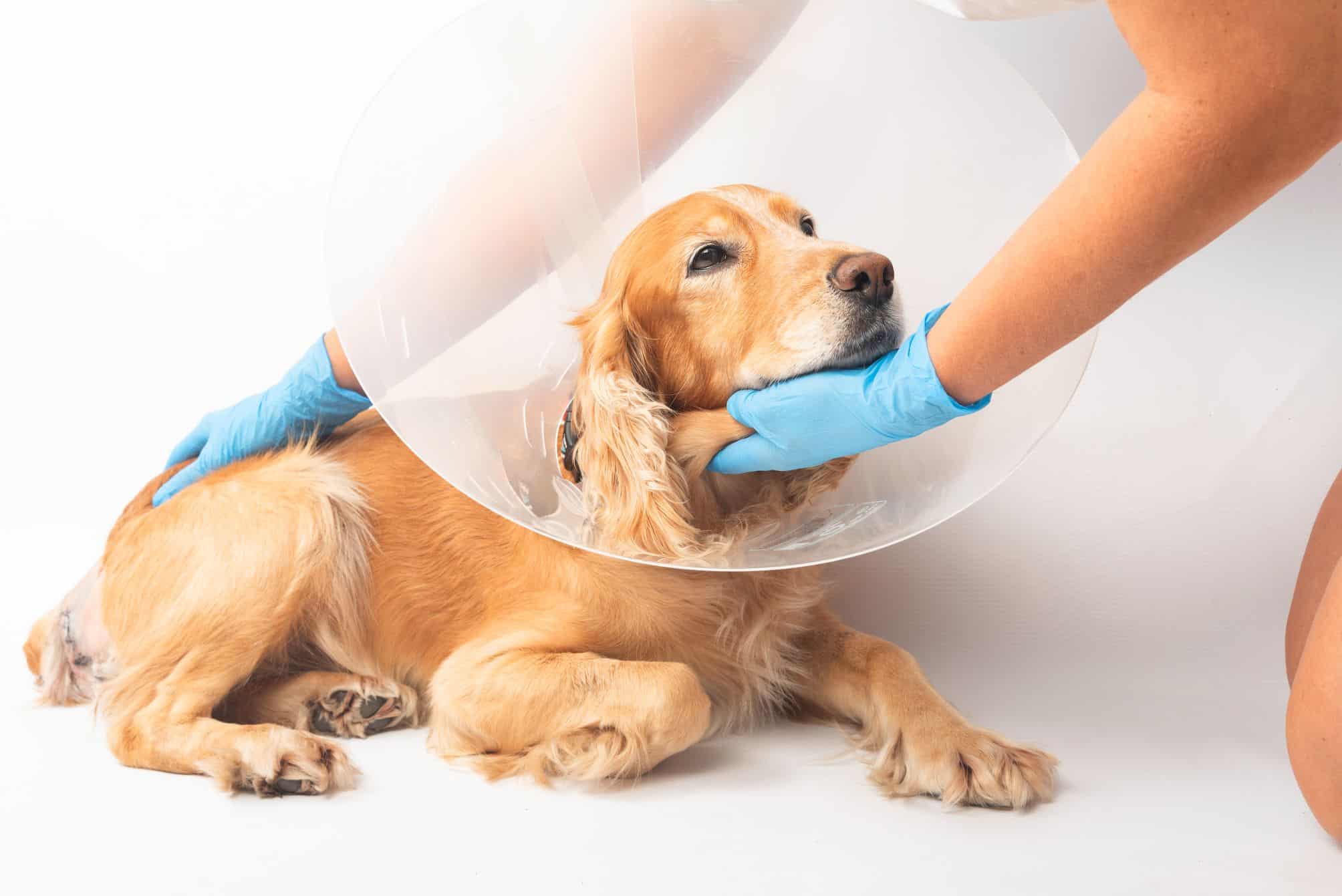How to Prepare Your Pet for Surgery and What to Expect During the Recovery Process

Every surgical procedure is unique, but there are some general practices regarding a pet’s needs before and after the surgery. Your veterinary team offers some insights to help prepare your pet for surgery.
Staying Calm
Finding out that a pet needs surgery can cause upheaval at home. When you know what to expect, it can help calm nerves. We explain the entire process beforehand and are available to answer any questions as they come up. We want to ensure that a pet’s surgical procedure goes as well as possible. There are certain things that pet owners can do at home prior to the scheduled surgery.
The Key Elements
Most surgical procedures require general anesthesia to safely proceed. Don’t feed your pets within 12 hours of the surgery, as the anesthetic medication can lead to vomiting. We will inform you of any medications that are acceptable or not before the surgery.
We’ll set up your pet’s arrival time first thing in the morning. Pre-anesthesia blood work is essential to know how your pet will handle the surgery, and how much medication is necessary. If your pet needs help calming down, we might provide a sedative. We shave a small area of the leg for their IV, and monitor them prior to their surgery time.
Staying In Touch
As soon as we have updates about the surgery, we will notify you. This open communication is also vital in the post-op stage, and we encourage you to reach out with any questions or concerns.
Awake But Groggy
Anesthesia takes time to recover from. Once your pet is awake, we will address their pain and surgical site. They are able to stay here and rest, and when you arrive to take them home we’ll brief you on what to expect in the next few days and/or weeks.
Before and After
Post-operative care is just as important before the surgery happens as it is afterwards. Any restrictions to movement, diet, medication, bathroom habits, and more should be carefully acknowledged and prepared for.
If possible, set up a small area to serve as your pet’s post-op zone. Provide extra bedding in a safe spot free of drafts, activity, noise, and other disturbances. Baby gates or their crate can safely contain them. It may be a good idea to stay home with them for the first day or two after surgery to ensure timely administration of medication. They may also need help eating and going to the bathroom, depending on what type of surgery was done.
Life After Pet Surgery
Your pet may need follow-up care and rehabilitation. Your team at Rocklin Ranch Veterinary Hospital is with you every step of the way, and look forward to helping your pet recover safely and thoroughly.
Please call us at (916) 624‑PETS (7387) with any questions or concerns. Our staff is always happy to help!

